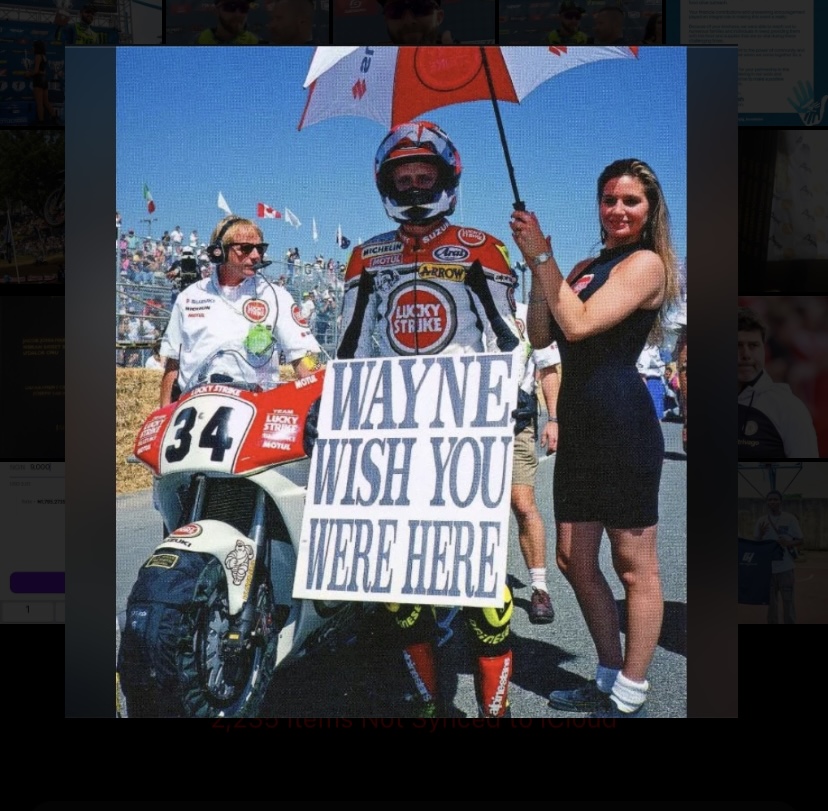The 1993 MotoGP Season: Triumph and Tragedy in the Fight for the Championship
In the high-octane world of MotoGP, few rivalries have captured the imagination quite like the one between Kevin Schwantz and Wayne Rainey. For three consecutive years, from 1990 to 1992, the two American riders had dueled fiercely for supremacy, with Rainey emerging as the champion each time.
Rainey, known for his smooth riding style and tactical acumen, consistently outperformed the more naturally gifted Schwantz, who was celebrated for his extraordinary bike control but plagued by inconsistency.
As the 1993 season began, Schwantz fans felt a renewed sense of optimism. Schwantz had shown signs of improvement, curbing his erratic tendencies and becoming more methodical in his approach.
With Rainey’s reign seemingly vulnerable, it appeared that Schwantz was poised to finally secure his first world title. The season promised to deliver the long-awaited culmination of Schwantz’s pursuit of glory.
The championship battle of 1993, however, was not destined to be straightforward. Rainey, despite a few setbacks, began to close in on Schwantz’s lead with characteristic resilience. As the season progressed, it felt
The Misano race was pivotal. Rainey, despite a poor qualifying performance, was initially dominant, showcasing why he was the reigning champion. Schwantz, on the other hand, struggled in the early laps, trapped in a fierce battle for a top-six position. The tension among Schwantz’s supporters was palpable, the hope of a long-awaited championship title hanging by a thread.
Then, a dramatic twist. Rainey crashed. In a moment of high tension, the sight of Rainey’s bike skidding off the track and him being thrown into the gravel was met with unexpected and loud cheers from Schwantz’s supporters, including myself. It was a cruel irony—celebrating a rival’s misfortune, driven by the hope that this mishap might pave the way for Schwantz’s title.
But the jubilation was short-lived. As Rainey lay in the gravel, it became evident that the crash was more severe than initially thought. The commentators’ growing concern was mirrored by our own dread as the reality of Rainey’s injury began to sink in. The festive atmosphere turned somber as we awaited updates. Schwantz, meanwhile, finished on the podium, but the victory felt hollow amidst the unfolding tragedy.
The gravity of Rainey’s condition soon became clear—he had suffered severe injuries, resulting in the loss of his ability to race. The news was a heavy blow, transforming what should have been a moment of elation for Schwantz into one of profound reflection. The dream of a championship win, which had seemed so near, now seemed almost insignificant in the face of Rainey’s misfortune.
For Schwantz, winning the title under such circumstances was bittersweet. It was a long-awaited achievement, but the victory was marred by the knowledge of a fellow rider’s suffering. The contrast between the jubilation of the championship win and the tragedy of Rainey’s accident cast a shadow over the celebration.
In the end, the 1993 season highlighted the harsh reality of competitive sports, where triumph and tragedy often intertwine. For Schwantz, the championship was a milestone, yet it came with a heavy heart, acknowledging that some victories are overshadowed by the welfare of those who share the same passion and risks.
Leave a Reply